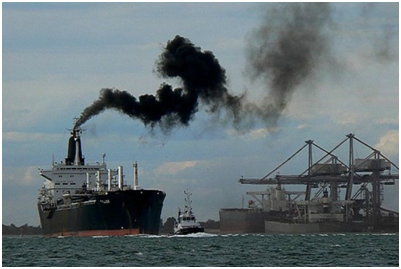
Global
shipping firms are looking for ways to lower their carbon footprints,
particularly as the International Maritime Organization (IMO), which regulates
the global shipping industry, is being pushed to implement a charge on the
sector’s greenhouse gas emissions.
81st IMO MEPC meeting last
week, participants agreed on a possible draft outline of an IMO net-zero
framework still
open to discussion and could be adopted or amended at the group’s next meeting
this September.
Shifting
to cleaner burner fuels is one path to lowering emissions, executives said last
week at the CERAWeek energy conference in Houston, but many in the industry are reluctant to make the changes needed to
run new fuels – such as retrofitting engines or purchasing new vessels –
given the lack of a longer-term regulatory framework.
“None of
us like the fact that we are burning dirty fuel. But no authority is answering
what the best fuel is”, Andrew Jamieson, co-head of Clearlake Shipping said on
the sidelines of the conference..
The lack
of clarity leaves players unwilling to
commit to one less carbon-intensive fuel over another for their fleets, be it
hydrogen-carriers methanol, ammonia, biodiesel or liquefied natural gas (LNG).
Fuel-uncertainty
is driving up costs as companies are forced to diversify their investments
across multiple fuel options, Seonghoon Woo, the CEO of Amogy which builds
zero-emission ammonia-fueled power systems, told a panel at CERAWeek.
And
cleaner marine fuels, like methanol and ammonia, are also seeing demand from
other sectors, such as across Asia where countries are seeking to decarbonize
power plants away from coal.
“The question is where shipping will be in the pecking order of availability of fuels going forward”, American Bureau of Shipping CEO, Christopher Wiernicki said on Thursday 28 Mar at CERAWeek.